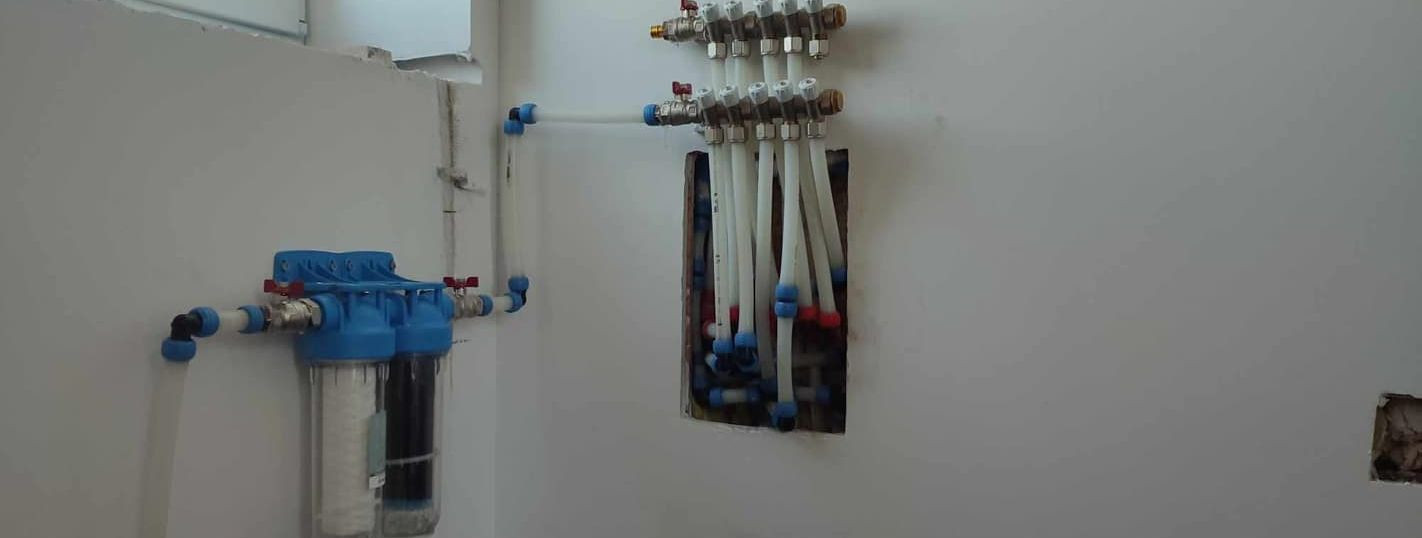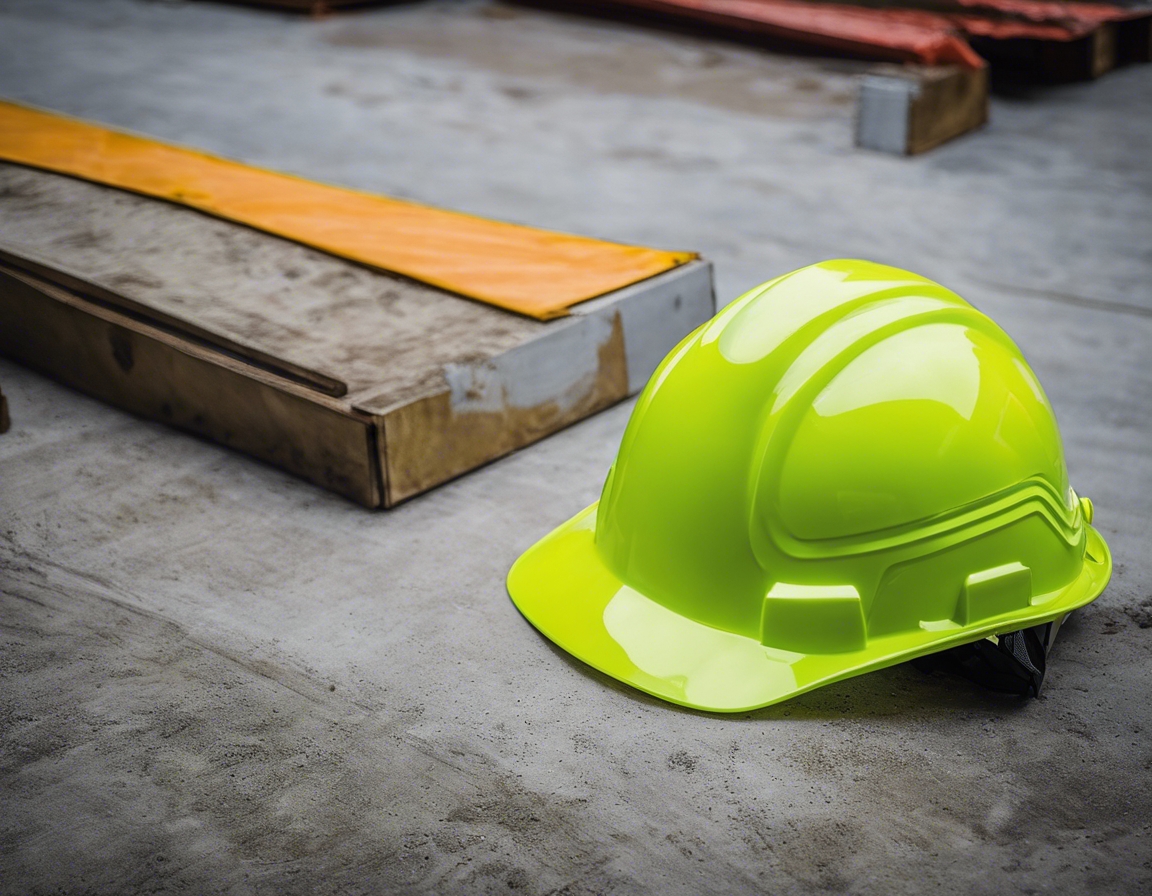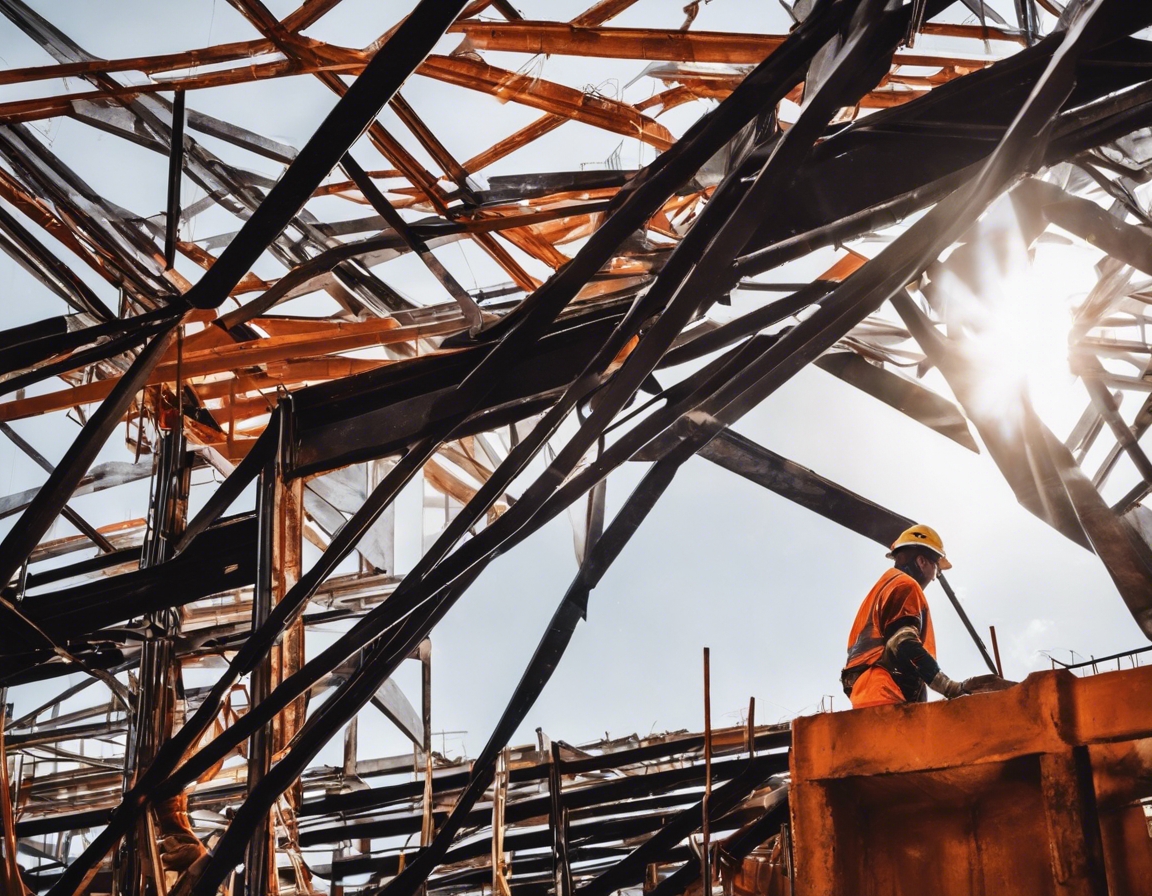The homeowner's guide to sustainable plumbing
Sustainable plumbing encompasses practices and products that reduce the environmental impact of a home's water and sewage systems. It involves the efficient use of water, energy, and materials to minimize waste and promote conservation.
Adopting sustainable plumbing practices can lead to significant water and energy savings, reduced utility bills, and a positive environmental impact. It also contributes to the overall sustainability of a home, enhancing its value and appeal.
Key Components of Sustainable Plumbing
Water-efficient fixtures such as low-flow toilets, showerheads, and faucets can drastically reduce water usage without sacrificing performance.
Greywater systems recycle water from sinks, showers, and laundry for use in irrigation and toilet flushing, conserving fresh water resources.
Rainwater harvesting systems collect and store rainwater for non-potable uses, reducing the demand on municipal water supplies.
Choosing plumbing materials with a lower environmental footprint, such as recycled or sustainably sourced products, supports eco-friendly building practices.
Implementing Sustainable Plumbing in Your Home
Homeowners should evaluate their existing plumbing to identify areas for improvement and potential upgrades to more sustainable options.
Selecting the right fixtures and appliances is crucial for maximizing water and energy efficiency. Look for products with high efficiency ratings and certifications.
Proper installation and regular maintenance by qualified professionals ensure that sustainable plumbing systems operate at peak efficiency.
Advanced Sustainable Plumbing Technologies
Smart water systems use technology to monitor and control water usage, detecting leaks and providing data to optimize consumption.
Solar water heaters utilize renewable energy to heat water, reducing reliance on fossil fuels and lowering greenhouse gas emissions.
Composting toilets offer an alternative to traditional sewage systems by converting human waste into compost, saving water and reducing pollution.
Financial and Regulatory Considerations
While some sustainable plumbing solutions may have higher upfront costs, they often lead to long-term savings through reduced water and energy bills.
Many governments and utilities offer incentives and rebates for homeowners who install sustainable plumbing systems, offsetting initial expenses.
Understanding local building codes and standards is essential when implementing sustainable plumbing to ensure compliance and eligibility for incentives.







Kommentaarid (0)